Jade Plant, scientifically known as Crassula ovata, is a popular and beloved succulent plant from the Crassulaceae family. Native to South Africa, this plant is cherished for its attractive appearance, ease of care, and symbolism of good luck and prosperity. Jade plants are commonly grown as houseplants and are perfect choices for beginner gardeners or anyone looking to add a touch of greenery to their indoor spaces.
Care of Jade Plant:
Light: These plants prefer bright, indirect light. They can tolerate some direct sunlight, especially morning sunlight, but too much intense light can lead to leaf burn. Place them near a sunny window with filtered light for best results.
Temperature: These plants thrive in average room temperatures between 65°F to 75°F (18°C to 24°C). They can tolerate slightly cooler temperatures, but frost or freezing temperatures should be avoided.
Watering: Allow the soil to dry out almost completely between waterings. Overwatering is a common mistake, as these plants are susceptible to root rot. Water thoroughly when the top inch of the soil feels dry to the touch, and reduce watering during the winter months when the plant is dormant.
Humidity: These plants are adaptable to average indoor humidity levels and do not require additional misting.
Soil: A well-draining and porous potting mix is essential for these plants. A cactus or succulent-specific mix or a blend of regular potting soil with perlite or sand for added drainage works well.
Fertilization: Fertilize these plants sparingly during the active growing season (spring and summer) with a balanced, diluted liquid fertilizer. Too much fertilizer can cause the plant to grow too quickly and become leggy.
Characteristics of Jade Plant:
Leaves: The most distinctive feature of the Jade Plant is its thick, fleshy, and oval-shaped leaves with a glossy texture. The leaves are typically dark green, but they may develop red or burgundy tinges on the leaf edges or in response to sunlight exposure or stress.
Growth Habit: Jade plants have a slow but steady growth habit, developing into compact, small shrubs with woody stems. They can grow up to 3 feet (1 meter) in height, but they can be easily pruned and shaped to maintain a desired size and shape.
Flowers: In mature Jade Plants, small star-shaped flowers may appear in clusters during late winter or early spring. The flowers are usually pink or white and are attractive, but the plant is primarily grown for its foliage.
Landscape Use of Jade Plant:
Jade plants are primarily grown as indoor houseplants due to their sensitivity to cold temperatures and frost.
They are often used in homes, offices, and other indoor spaces, where their beautiful foliage adds beauty and interest.
In suitable climates, Jade plants can be grown outdoors in containers or as landscape plants in rock gardens or succulent beds.
Symbolism:
In many cultures, the Jade Plant is considered a symbol of good luck, prosperity, and financial success. It is often given as a gift to wish someone well in their endeavors.
Overall, the Jade Plant is a charming and resilient houseplant that brings a touch of nature and positive energy to any indoor setting. With its compact size, attractive foliage, and low-maintenance requirements, it has become a favorite choice among plant enthusiasts and collectors of succulents.

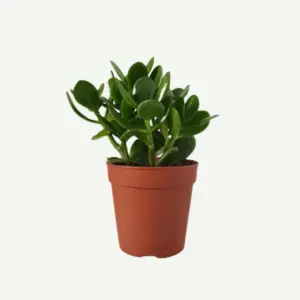
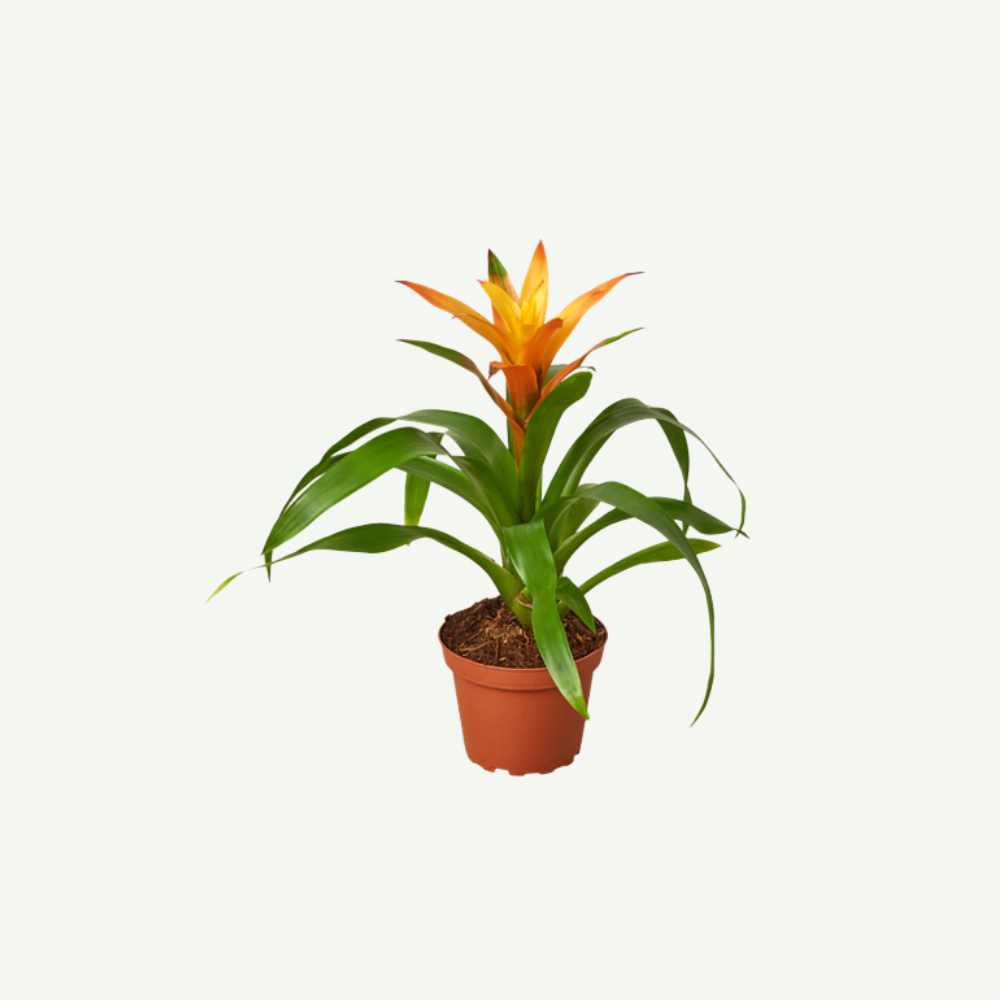
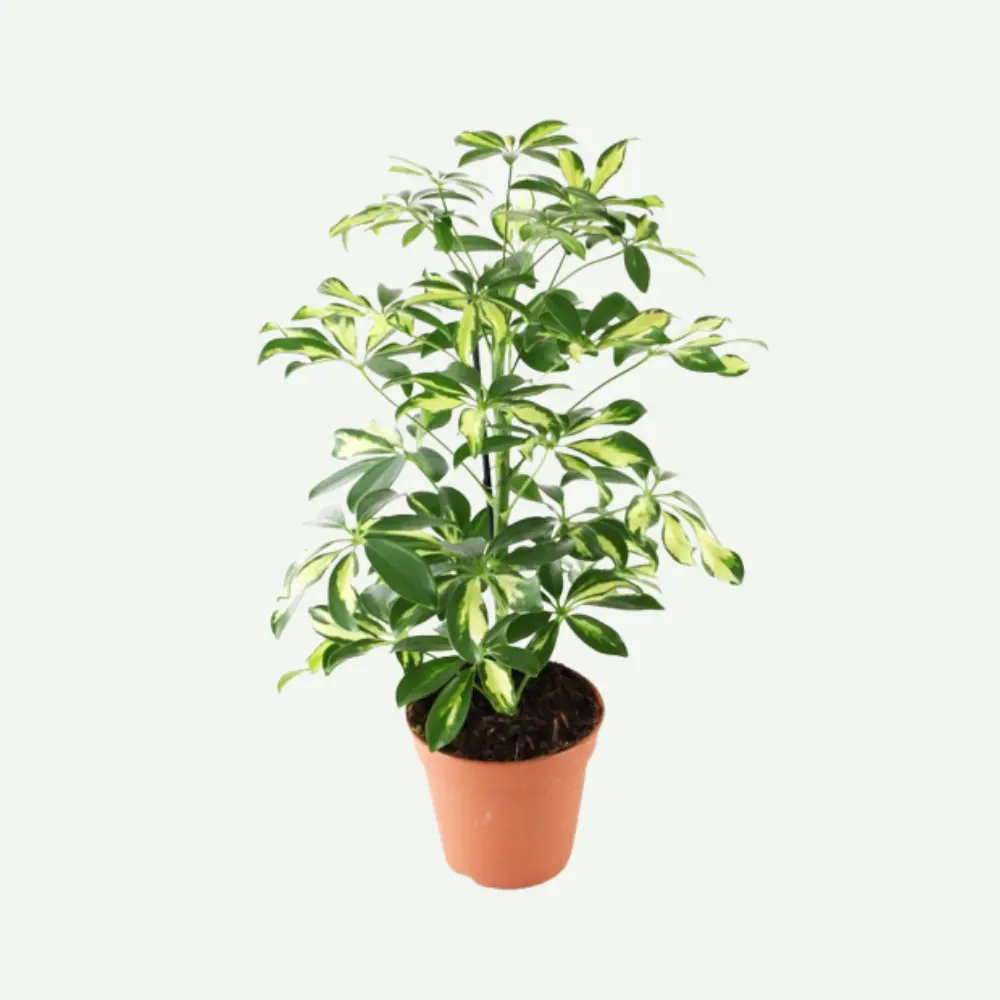
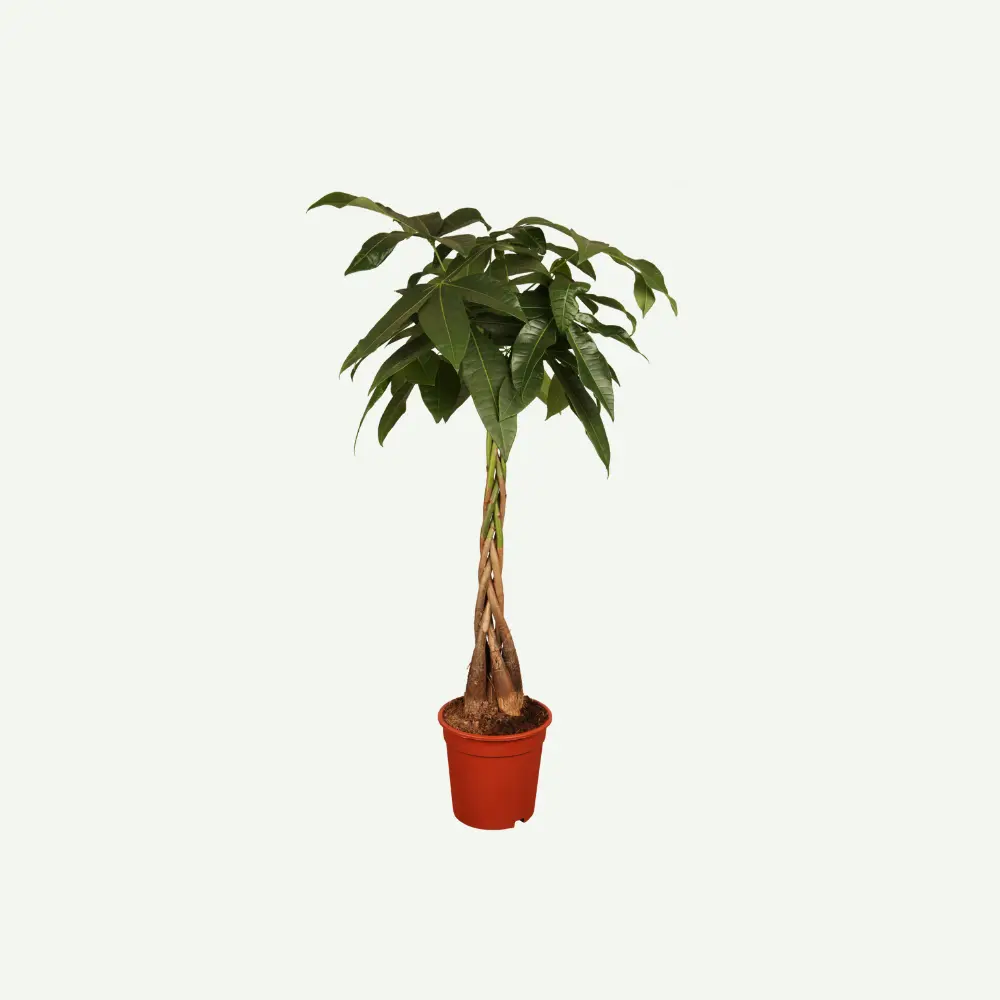
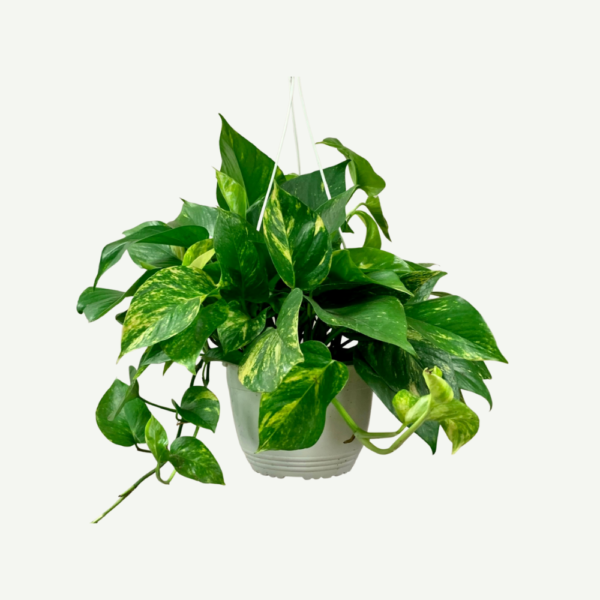
Reviews
There are no reviews yet.